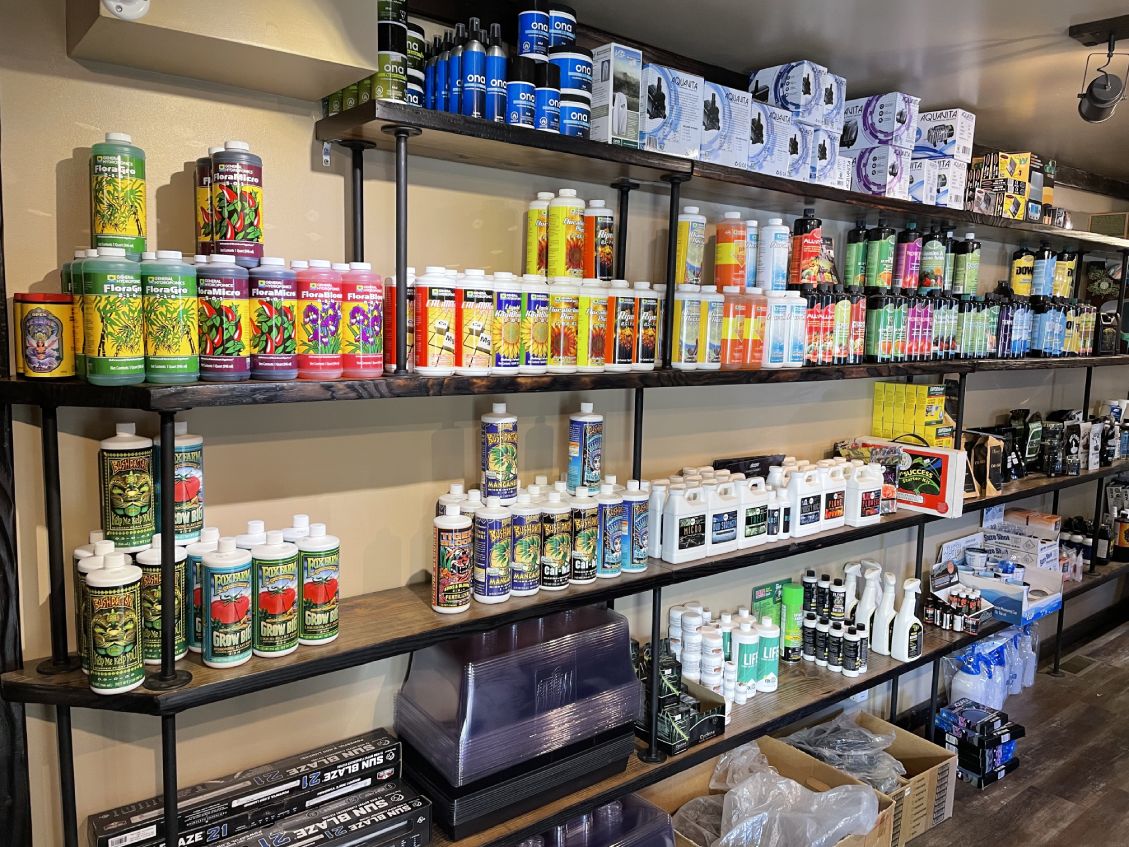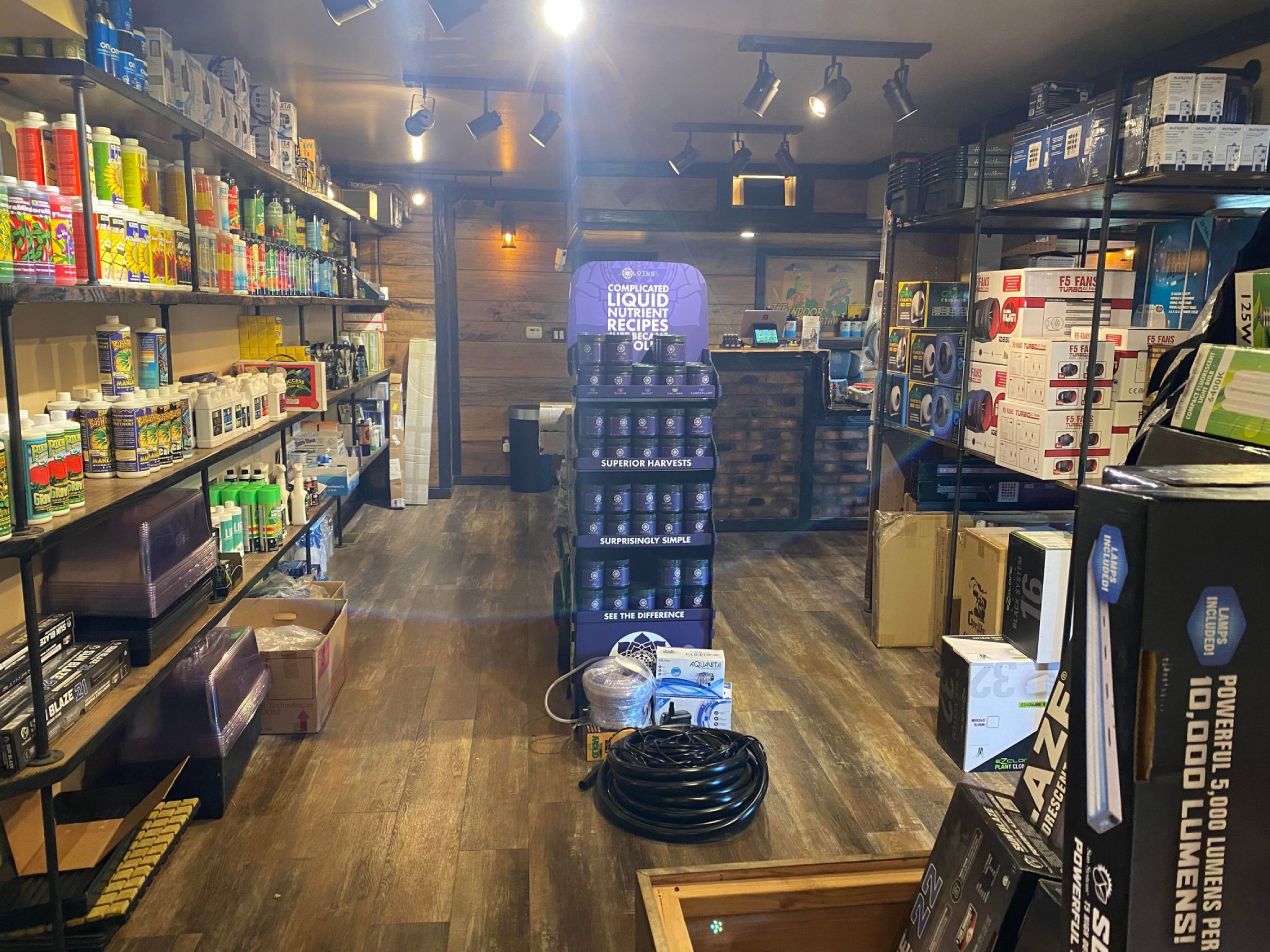The Ultimate Overview to Hydroponic Equipments and Techniques
In the globe of contemporary farming, hydroponic systems have emerged as a revolutionary method for cultivating plants without dirt. As we discover the ins and outs of hydroponics in this comprehensive guide, we will browse via the various kinds of systems, discover the important nutrients crucial for plant development, and dive into sophisticated methods that can dramatically enhance yields.
Benefits of Hydroponic Systems
Hydroponic systems use a multitude of advantages, including effective source application and specific nutrient shipment to plants. By offering a regulated setting for plant development, hydroponic systems make it possible for optimal water and nutrient usage, bring about higher yields contrasted to traditional soil-based cultivation. This performance not only conserves resources however likewise decreases waste, making hydroponic systems eco-friendly.
Furthermore, the accurate delivery of nutrients in hydroponic systems enables modification based upon the details needs of each plant selection. This targeted approach makes sure that plants get the right equilibrium of essential nutrients, promoting healthier development and decreasing the threat of nutrient shortages or discrepancies. Furthermore, the capacity to keep an eye on and change nutrient degrees in real-time maximizes plant efficiency and total crop top quality.
In addition, hydroponic systems get rid of the need for herbicides and chemicals, as the closed-loop system decreases the risk of bugs and illness that are commonly located in soil-based agriculture - The Indoor Earthworm. This not only benefits the plants and the environment yet likewise contributes to creating cleaner, healthier plants for usage
Types of Hydroponic Setups

Deep Water Society (DWC) includes suspending plant roots in a nutrient solution, permitting adequate oxygenation. Nutrient Movie Method (NFT) uses a shallow stream of nutrient service flowing over the plant roots, supplying a consistent supply of nutrients. Ups and downs systems flooding the plant roots at intervals, ensuring they obtain nutrients and oxygen. Drip systems involve dripping a nutrient solution onto the plant origins, using exact control over feeding. Aeroponics mists the plant roots with a nutrient solution, taking full advantage of oxygen absorption.
Each kind of hydroponic configuration has its benefits and is fit to different plant selections and growth stages. Comprehending the unique features of these systems can aid hydroponic farmers pick the most ideal configuration for their specific demands and preferences.
Necessary Nutrients for Hydroponics
In hydroponic systems, plants rely upon an over here exact balance of necessary nutrients to flourish and expand effectively. These essential nutrients are essential for numerous plant functions such as photosynthesis, origin development, and total development. The main macronutrients required by plants in hydroponic systems are phosphorus, nitrogen, and potassium. Nitrogen is essential for leafy environment-friendly growth, phosphorus aids in origin advancement and flower/fruit manufacturing, while potassium assists in total plant health and illness resistance.
Along with macronutrients, plants likewise require second nutrients like magnesium, calcium, and sulfur, along with micronutrients such as iron, copper, zinc, and manganese (The Indoor Earthworm). These nutrients are important continue reading this for making sure that plants have all the essential foundation to perform important biological processes

Advanced Methods for Optimum Yield
To attain ideal yields in hydroponic systems, farmers can carry out advanced techniques that enhance plant development and productivity. In addition, utilizing techniques like plant training and trimming can help optimize light circulation and air flow, ensuring that all components of the plant receive appropriate light and nutrients. Utilizing automated systems for nutrient distribution and monitoring can aid preserve optimum nutrient levels, lowering the danger of shortages or discrepancies that can impede plant development.
Troubleshooting Common Hydroponic Issues
When confronted with obstacles in hydroponic systems, cultivators often run into usual issues that can hinder plant development and productivity. One common trouble is nutrition shortages, where plants do not have vital components for healthy and balanced growth. To combat this, normal monitoring of nutrient degrees and readjusting the nutrient service as necessary is important. An additional common issue is pH discrepancy, which can bring about nutrient lockout and inadequate absorption. Maintaining the appropriate pH variety details to the plant being grown is important for ideal nutrient uptake. In addition, insufficient oxygen degrees in the origin zone can result in root rot and stunted growth. Making sure correct aeration and oxygenation of the nutrient service can aid prevent this issue. Parasite problems, such as aphids or crawler mites, can likewise torment hydroponic systems. Implementing incorporated bug monitoring strategies and frequently checking plants can aid regulate and protect against problems. By without delay recognizing and resolving these usual hydroponic issues, growers can maintain healthy plants and take full advantage of yields in their hydroponic systems.
Conclusion
In verdict, hydroponic systems use various advantages for growing plants successfully. By using various kinds of configurations and offering crucial nutrients, cultivators can achieve optimal yield via advanced techniques. It is crucial to troubleshoot typical concerns that might develop in order to maintain an effective hydroponic operation. With mindful planning and focus to detail, hydroponic systems can transform the way plants are grown, resulting in even more sustainable and effective agricultural techniques.
By providing a controlled atmosphere for plant development, hydroponic systems allow optimum water and nutrient use, leading to higher yields contrasted to traditional soil-based farming. The Indoor Earthworm. Nutrient Film Method (NFT) makes use of a superficial stream of nutrient service streaming over the plant origins, providing a constant supply of nutrients. Surveillance and adjusting nutrient levels based on plant growth phases is critical to avoiding nutrition shortages or poisonings and taking full advantage of plant performance in hydroponic systems
In addition, employing techniques like plant training and pruning can assist enhance light circulation and air movement, ensuring that all parts of the plant receive adequate light and nutrients. Utilizing automated systems for nutrient delivery and monitoring can assist preserve ideal nutrient degrees, minimizing the threat of shortages or discrepancies that can impede plant growth.